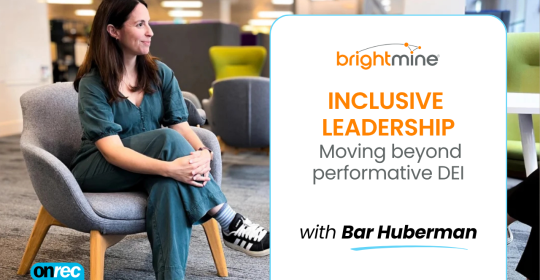For the amateur, SEO sometimes feels like shooting blanks.
This post will give you a good introduction to understanding the 6 most common mistakes being made on websites today, from an SEO and traffic point of view.
Are you guilty?
#1: Not knowing your target audience
The number one atrocity that will do grievous damage to your blog traffic, is not knowing who you’re writing for.
Your blog may get lots of traffic, but if it’s not the right traffic (by “right traffic”, I mean those that are in the lineup to buy whatever you’re offering) - it’s not going to do squat for your bottom line, and you’ll find your conversions are low.
To attract blog traffic, you need to write content that:
- Is targeted to the right people.
- Provides real value to those you wish to sell to.
You can’t do either of these if you don’t know who you’re writing for. Start your research by using a nifty online tool called UpCloseAndPersona.
#2: Not using the right keywords
I’m not talking about plucking keywords out of thin air. Those won’t get you far. By using the right keywords, I mean researching keywords that:
- Your target audience uses to find solutions like you provide.
- Consider keyword intent (whether the keyword your target audience uses is navigational, informational or transactional).
- Finding keyword terms that enough people are using to search for your products or services.
- Keywords that don’t have a lot of competition.
In the example above, the best keyword phrase to use would be “cutting grass”, because the average monthly searches are 2400, and there is not a lot of competition for the phrase.
#3: Bad content
In the small business websites I've analyzed from a content perspective, most of them - when they actually have written blog posts - have really poor content that provides absolutely no value to the reader.
It’s as if the website owner knows how important content is to attract traffic, so whips up some writing - for the sake of some kind of content - and plonks it on the blog. Urgh.
Or the content sounds salesy. Urgh.
If you are serious about online marketing, your success starts with good quality, value-add content.
If you’re not a writer, hire one, but please use a good quality one that knows how to write content that will attract the right blog traffic.
#4: Irregular content
Another common problem on many small business blogs is irregular content; at some stage, the website owner began uploading content, but after a few posts, just stopped.
It’s important to understand that you won’t see an immediate blog traffic upsurge when you first start posting content; it takes a regular (at least once a week) dose of fresh, unique content before you’ll eventually see an increase in organic search results, and it can take a few months - anything from 3 months to 9 months - before your traffic starts increasing.
Copyblogger offers great tips to write more powerful content every week.
#5: No links to your site and others
Linking to other content on your website, and to other credible websites, is good for SEO and brings other benefits too:
- Links can be traced and measured.
- Links to other websites allow you to refer to other resources that you don’t have.
- Search engines love linking because it gives great insight as to the quality of your site.
- When you link to others, it indicates that you’re open to having others link back to you.
Bear in mind that I do not support buying links or any of that kind of spammy thing; that holds no long-term and permanent benefit for site.
What would benefit you is to learn how to use links.
#6: Not optimizing images
Never just add an image because it’s an image. As with everything you do on your website, the goal is to add value for your visitor.
With that in mind, your website stands a good chance of being ranked by search engines for images. But the images you use need to be optimized.
Firstly, images take a lot of space and as a result, slow down your site. When your website takes too long to load, you’ll experience a high bounce rate which is bad for SEO.Use a tool like Optimizilla to compress images before uploading them to your website. While we’re on the topic of website speed, you may want to consider checking out how to decrease your site’s load time.
Then, you need to add descriptions to your images so that search engines know what the images are, and if an image doesn’t load, the description needs to tell the reader what the image stands for.
Finally
If you own a website, you might as well make it work for you.
Your website may not even currently see the light of day, but if you start working to improve it today, that’s one day closer to getting more blog traffic.






